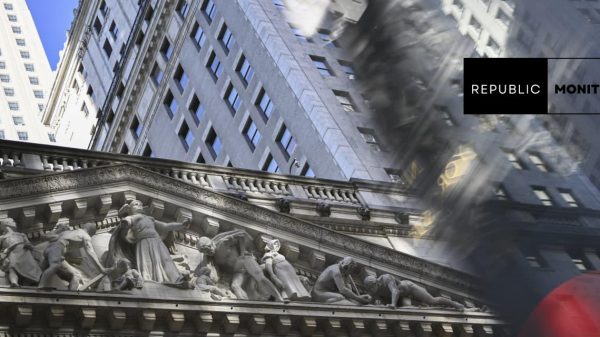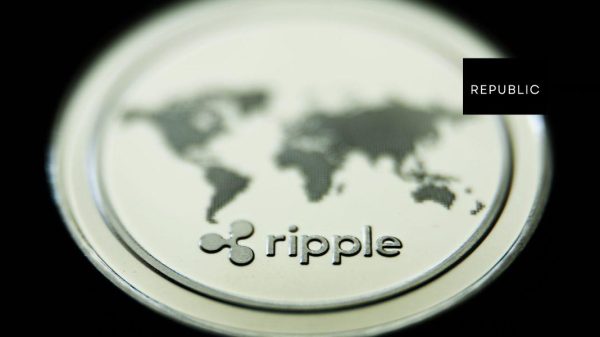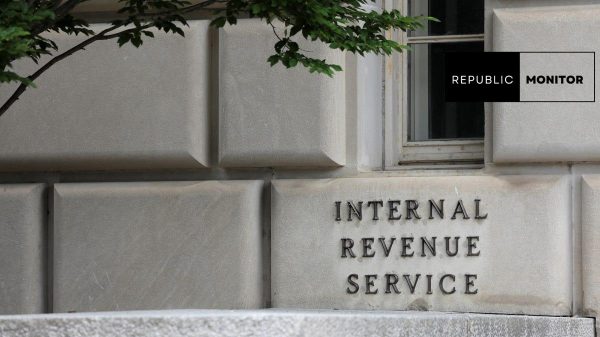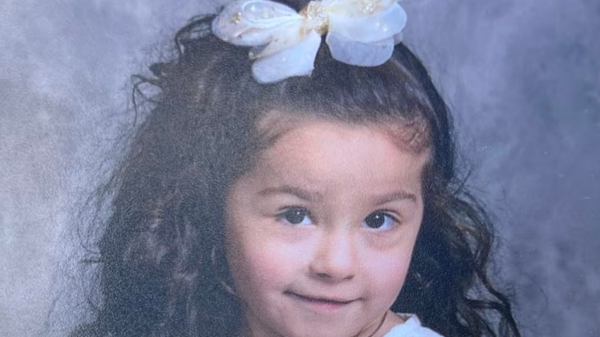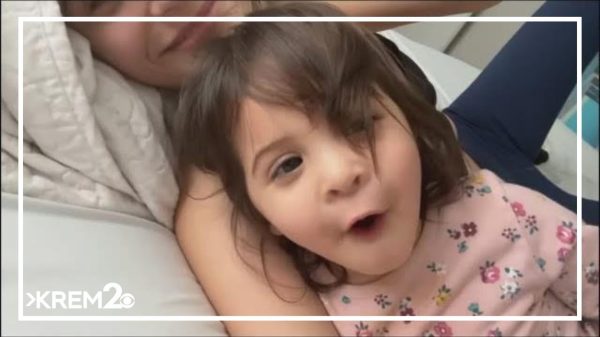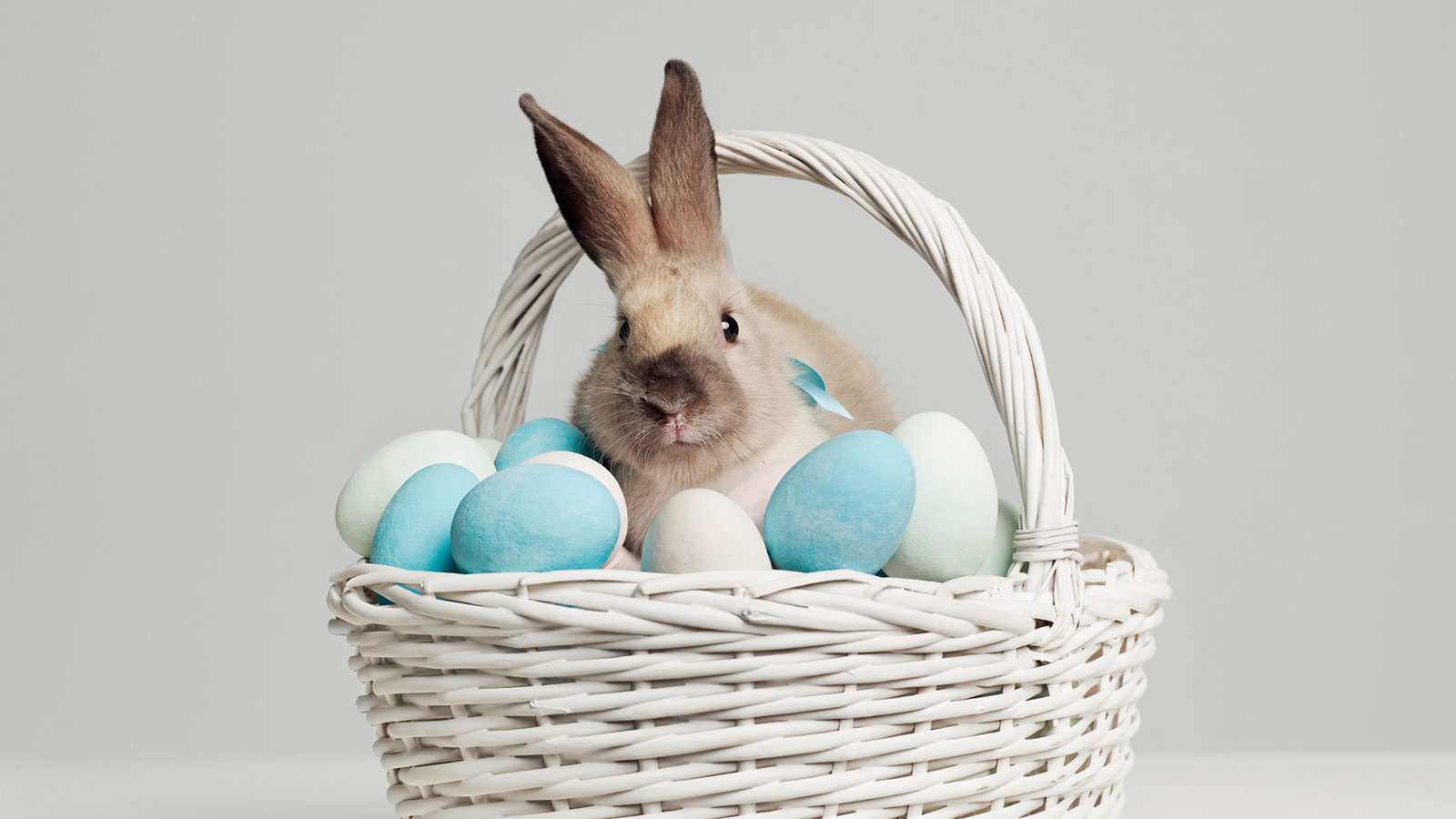Easter is a great Christian festival that celebrates the resurrection of Jesus Christ. Jesus rose from the dead three days after his crucifixion by the Romans. The sacred text, however, makes no mention of the Easter bunny or the eggs that have become the enduring symbol of Easter today.

Easter mass is one of the longest periods of the Catholic mass. The Easter Vigil usually begins after sunset on Saturday or early Sunday morning and goes into the sunrise of Easter for some people.
History of Easter
Easter, which celebrates the resurrection of Jesus Christ three days after he was crucified by the Romans around 30 A.D., used to be celebrated every Sunday.
According to Timothy P. O’Malley, a faculty member of the University of Notre Dame’s McGrath Institute for Life of Church, early Christians didn’t have an annual commemoration of Easter the way we do today.
He said Easter’s roots date back to a day in the week when “Christ rose from the dead.” Therefore, he said, they celebrated every single Sunday like it was Easter.
“But by the second and third centuries, there comes to be an annual celebration of Easter,” O’Malley previously told USA TODAY. He added that the celebration later grew.
Theory about Easter Bunny and eggs
One theory is that the Easter rabbit and eggs are ancient pagan symbols that, over time, became assimilated with the Christian faith and came to represent the season of rebirth and renewal. Both the egg and the rabbit are symbols of fertility.

Many scholars are of the opinion that Easter is an offshoot of the pagan festival of Eostre. Eostre was the pagan goddess of fertility who was associated with spring and the dawn – all representing rebirth and renewal. The animal typically associated with Eostre was the rabbit.






